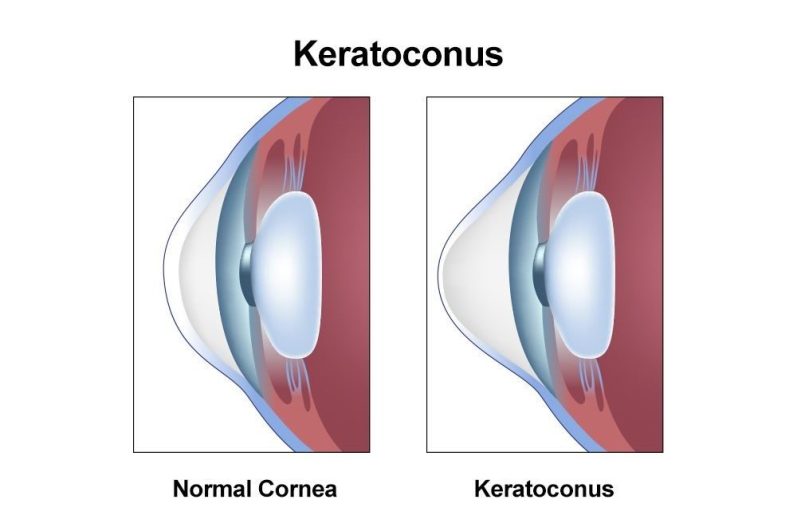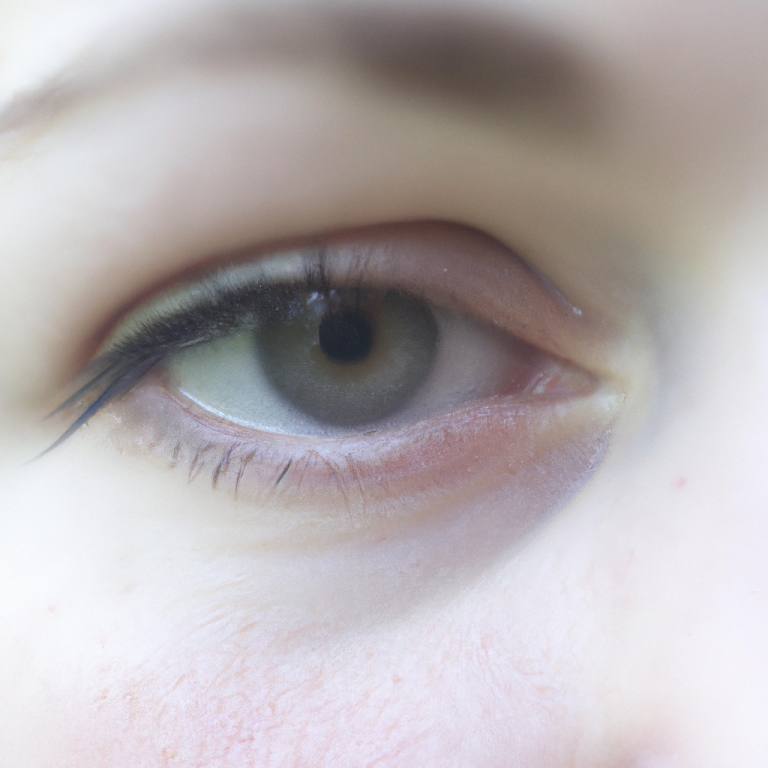
Cornea
Cornea is the anterior most clear dome shaped structure. It is the main refractive structure of the eye.
Common disorders of Cornea
- Ectatic disorders – Keratoconus etc
- Infections
- Opacities, Scars
- Dystrophies
- Pterygium
- Decompensation – Bullous Keratopathy
- Dry Eyes

Keratoconus
It is a non-inflammatory progressive disorder of the cornea, where the cornea bulges forward and becomes irregular and conical in shape. It is frequently associated with eye allergies
Symptoms
- Blurred vision
- Double vision
- Frequent change in prescription glasses
- Contact lens not fitting properly
How is Cornea treated?
Our team consists of highly qualified and motivated professionals, who are all experts in their field. With many years of experience in the industry, they have the expertise to provide comprehensive, first-rate services to our clients.

Contact Lenses
Semi Soft and Hard
Contact lenses such as Piggy Back, RGP, Rose-k lenses, Scleral/ mini Scleral lenses, and Boston contact lenses are specialized rigid contact lenses that sit over the diseased cornea and create an artificial interface, thus reducing diffraction/ refraction of light rays from the irregular cornea and improves vision.

Collagen Cross linking
C3R
A minimally invasive procedure to stabilize the cornea and prevent further progression. In this procedure, cornea is prepared with riboflavin drops and exposed to specific UV light for a fixed time period. This causes crosslinking of collagen fibers and thus strengthens the cornea.

Corneal Rings Segments
- Intacs
Intra-corneal ring segments are rigid segments implanted within the cornea. They help to reduce the corneal curvature irregularity and thus increase the tolerance to Contact lenses/ glasses and improve visual acuity. It can make the corneal curvature more uniform.

Corneal transplants
Advanced Keratoconus
One may need either partial (DALK), preferably or full-thickness (PKP) transplant. With advanced techniques and more experience, the success rate has highly improved with good visual outcomes.
The cornea is the outmost clear dome like structure of the eye. It is the only part of the eye that can be transplanted. Corneal transplant does not need ABO matching with donor as it is an avascular structure.

Deep Anterior Lamellar Keratoplasty (DALK): In DALK more than anterior 2/3rd of corneal stroma is removed and replaced with donor graft. It is a more advanced and skilled technique. Risk of rejection is less, better eye globe stability and allows faster recovery. Done commonly for anterior scars/ opacities, keratoconus and dystrophies.
Types of Corneal Transplants

Endothelial Keratoplasty (EK): In EK, only the innermost defective layer is replaced with donor layer. It is a most advanced and technically skilled surgery. Offers great outcome, faster recovery and good visual results. Commonly done for decompensated cornea, Fuch’s Dystrophy and earlier failed PKP.
Penetrating Keratoplasty (PKP): full corneal tissue is replaced with another donor tissue and secured with sutures. Commonly done for deep opacities, infections, injuries.
Dry Eyes
Dry eye disease is a common condition that occurs when your tears aren’t able to provide adequate lubrication for your eyes. It may occur if you don’t produce enough tears or if you produce poor-quality tears.

©Copyright. All rights reserved.
We need your consent to load the translations
We use a third-party service to translate the website content that may collect data about your activity. Please review the details in the privacy policy and accept the service to view the translations.